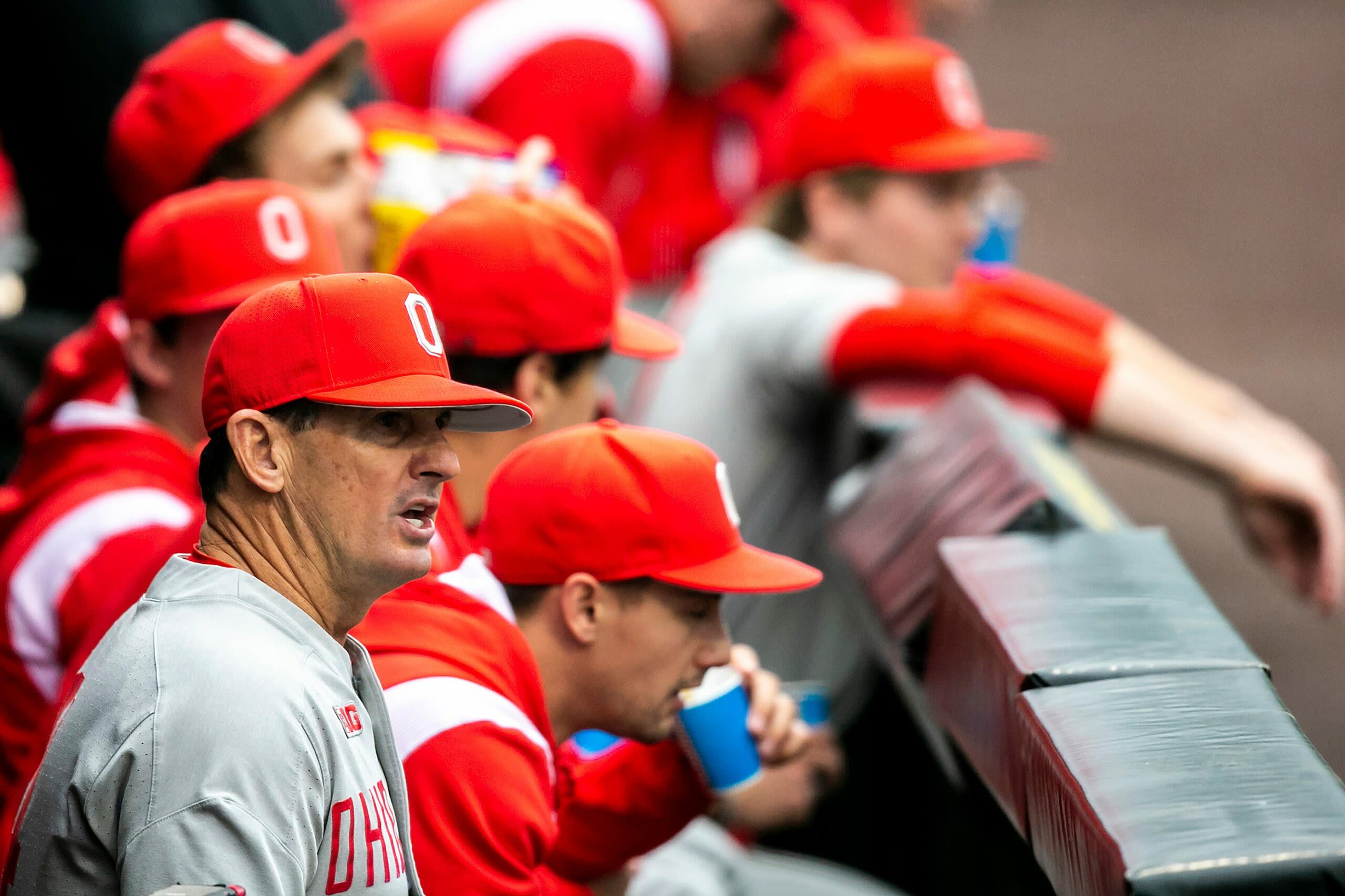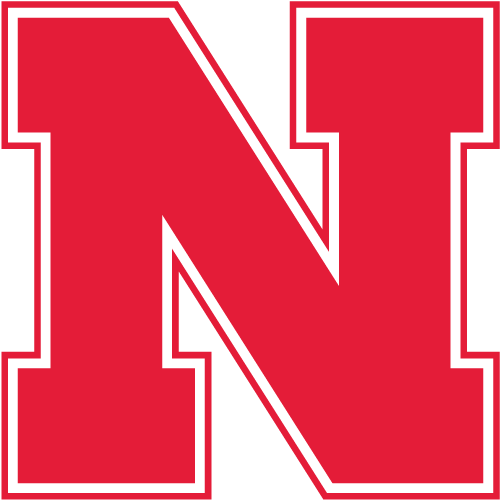Search results
News about Ohio State, Indiana, Nebraska
News about Nebraska, overdose prevention, economic indicator
Also in the news
Other games
Nebraska is the 16th largest state by land area, with just over 77,220 square miles (200,000 km 2 ). With a population of over 1.9 million, it is the 37th most populous state and the 7th least densely populated. Its capital is Lincoln, and its most populous city is Omaha, which is on the Missouri River.
- 2nd District
Nebraska's 2nd congressional district is a congressional...
- Nebraska Legislature
The Nebraska Legislature (also called the Unicameral) is the...
- Flag of Nebraska
The flag of the state of Nebraska is a blue rectangular...
- Nebraska (Disambiguation)
Nebraska is a state in the central United States. Nebraska...
- Fremont
Fremont is located along the Platte River, approximately 35...
- U.S. Senators
Nebraska was admitted to the Union on March 1, 1867, and...
- Pete Ricketts
John Peter Ricketts (born August 19, 1964) is an American...
- United States Congressional Delegations From Nebraska
Nebraska's congressional districts since 2023 These are...
- 2nd District
- Overview
- Relief
- Drainage
- Soils
- Climate
- Plant and animal life
Nebraska, constituent state of the United States of America. It was admitted to the union as the 37th state on March 1, 1867. Nebraska is bounded by the state of South Dakota to the north, with the Missouri River making up about one-fourth of that boundary and the whole of Nebraska’s boundaries with the states of Iowa and Missouri to the east. The boundary with Kansas to the south was established when the two territories were created by the Kansas-Nebraska Act in 1854. In the southwestern part of the state, the boundary with Colorado forms a right angle (south and west), which creates Nebraska’s panhandle, to the west of which is the boundary with Wyoming. Lincoln, in the southeastern part of the state, is the capital.
As one of the west-central states of the United States, Nebraska was primarily a stopover point for those migrating to the rich trapping country to the north and west as well as to the settlement and mining frontiers of the mountain and Pacific regions during the first half of the 19th century. With the development of railroads after the American Civil War (1861–65) and the consequent immigration, the fertile soils of Nebraska were plowed, and its grasslands gave rise to a range cattle industry. As a result, the state has been a major food producer since statehood.
Nebraska comprises parts of two of the United States’ principal physiographic regions—the till plains of the Central Lowland (in the eastern third of the state) and the Great Plains (which makes up the centre of the state).
Britannica Quiz
U.S. State Nicknames Quiz
The Sand Hills region of north-central and northwestern Nebraska is one of the state’s most distinctive features. Comprising nearly one-fourth of the area of the state, it consists of sloping hills and valleys varying from 25 to 400 feet (8 to 120 metres) in elevation. With many small lakes and luxuriant grasses, the Sand Hills area is a superb rangeland.
Elevation in Nebraska rises from a minimum of 840 feet (256 metres) above sea level in the southeast to a maximum of 5,426 feet (1,654 metres) near the Colorado and Wyoming boundaries. Much of the land is gently rolling prairie, although the river valleys, much of south-central Nebraska, and a large portion of the panhandle district are flatlands.
Are you a student? Get Britannica Premium for only 24.95 - a 67% discount!
Nebraska lies within the Missouri River drainage system; the Platte, the major Nebraska tributary, joins the Missouri south of Omaha. Although shallow and unnavigable, the Platte is vital to the state’s irrigation. The river is formed by the confluence of the North and South Platte rivers, both of which rise in Colorado to the southwest, although t...
Nebraska’s soils are excellent for agriculture. The prairie soils of the southeast and the humus soils of central and northeastern Nebraska are important. South of the Platte and west of the prairie soil area, the soil is best suited to small-grain production. Winter wheat adapts to the soil and marginal precipitation of western Nebraska. The wind-...
Nebraska’s climate, like that of the larger Great Plains region, is subject to extremes in temperature, wind speeds, and precipitation. Likewise, there are significant climatic variations from eastern Nebraska to the central and westernmost regions. Hot winds from the southwest often push summer temperatures in Nebraska into the 90s F (about 32 °C) and sometimes above 100 °F (38 °C). Average July temperatures range from the mid-70s F (about 23 °C) in the panhandle to the upper 70s F (about 26 °C) in the southeast. In the winter, northwestern winds often bring in Arctic air masses from Canada, and temperatures commonly fall well below 0 °F (about −18 °C). Low-pressure systems moving out of the southwestern states sometimes bring great blizzards to Nebraska. Average January temperatures vary from the mid-20s F (about −4 °C) in the panhandle to about 20 °F (−7 °C) in the northeast. The average growing season is about 170 days in the southeast and 130 days in the panhandle.
The average annual precipitation varies from more than 30 inches (750 mm) in the southeast to less than 16 inches (400 mm) in the extreme west. Since a minimum of 20 inches (500 mm) is usually considered necessary for normal crop production, about one-half of Nebraska may be considered semiarid.
Nebraska was the first state in the country to celebrate Arbor Day—in 1872, when Nebraskan politician J. Sterling Morton advocated a tree-planting day to beautify the state’s largely treeless landscape. A wide variety of prairies originally covered Nebraska; now the slopes of the river valleys are well covered with deciduous trees. Cottonwood, elm, and some oak and walnut are found along the bluffs of eastern Nebraska, while conifers grow in the Wild Cat and Pine Ridge highlands and the Niobrara valley. The Nebraska National Forest in west-central Nebraska resulted from a human effort to plant trees on the barren plains.
Bison had roamed widely over the Nebraska plains until their near extermination at the time of settlement in 1854. Some of these animals remain in their natural habitat on the Fort Niobrara National Wildlife Refuge, near Valentine. Antelope and deer are also native to the state, as are prairie dogs, coyotes, jackrabbits, skunks, and squirrels. Migratory birds and pheasants are common.
Nebraska is a triply landlocked state in the Midwestern region of the United States. It borders South Dakota to the north; Iowa to the east and Missouri to the southeast, both across the Missouri River; Kansas to the south; Colorado to the southwest; and Wyoming to the west. Nebraska is the 16th largest state by land area, with just over 77,220 square miles (200,000 km2). With a population of ...
People also ask
What type of state is Nebraska?
What is the population of Nebraska?
What are the state symbols of Nebraska?
When was Nebraska admitted to the Union?
- In 1872, J. Sterling Morton proposed a holiday to promote the planting of trees in Nebraska. The first “Arbor Day”—in which an estimated 1 million trees were planted—was celebrated on April 10, 1872.
- The world’s largest exhibited mammoth skeleton was found on a farm in Lincoln County in 1922. Originating from the Late Pleistocene Era, “Archie” is on display at the University of Nebraska State Museum.
- Nebraska is the only state with a nonpartisan, unicameral legislature. Promoted by Senator George Norris for its efficiency, cost-effectiveness and ability to eliminate secretive conference committee meetings common in bicameral legislatures, Nebraska has been governed by a single-house legislature since 1937.
- On June 22, 2003, a record-setting hailstone with a circumference of 18.75 inches fell in Aurora. The storm left craters of up to 14 inches in the ground and caused roughly $500,000 in property damage and one million dollars in crop damage.
Nebraska was admitted to the Union as the 37th state in 1867. Soon after, the population increased, and as Indian resistance on the frontier was broken, settlement extended to Nebraska’s panhandle. At the turn of the 20th century, it experienced a short but influential Populist movement.
Jan 23, 2024 · Key Facts. Nebraska is located in the Midwestern United States, sharing borders with South Dakota to the north, Iowa and Missouri to the east, Kansas to the south, and Colorado and Wyoming to the west. It covers an area of 77,358 mi 2 (200,356 km 2 ), ranking as the 16th largest state in the United States. Nebraska's geography is divisible into ...
Nebraska. Nebraska is a state near to the center of the United States. Its capital is Lincoln and the largest city is Omaha. It touches the states of Wyoming, South Dakota, Iowa, Missouri, Colorado and Kansas . Nebraska is known for its agriculture, especially beef and corn . Nebraska has hot summers and cold winters.
































